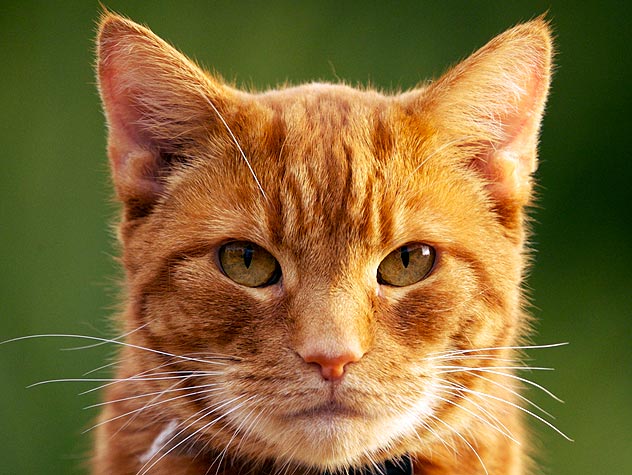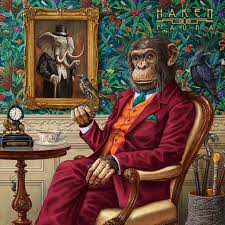Stamp: Nature Protection - Zoological Gardens II - Panthera leo krugeri and Pan troglodytes (Czech Republic 2017)
Nature Protection - Zoological Gardens II - Panthera leo krugeri and Pan troglodytes (Czech Republic 2017)
06 September (Czech Republic ) within release Nature Protection goes into circulation Stamp Nature Protection - Zoological Gardens II - Panthera leo krugeri and Pan troglodytes face value 20 Czech koruna
| Stamp Nature Protection - Zoological Gardens II - Panthera leo krugeri and Pan troglodytes in catalogues | |
|---|---|
| WADP Numbering System - WNS: | WAD:CZ025.17 |
Stamp is horizontal format.
Number in set - 4||(show set). Layout - miniature sheet of 4 of 4 designs. Issuing - Czech Post. Printer - Post Printing HouseAlso in the issue Nature Protection :
- Stamp - Nature Protection - Zoological Gardens II - Bison bonasus face value 16;
- Stamp - Nature Protection - Zoological Gardens II - Panthera leo krugeri and Pan troglodytes face value 20;
- Stamp - Nature Protection - Zoological Gardens II - Ursus maritimus face value 24;
- Stamp - Nature Protection - Zoological Gardens II - Rhinoceros unicornis and Varanus macraei face value 30;
- Mini Sheet - Nature Protection face value ;
Stamp Nature Protection - Zoological Gardens II - Panthera leo krugeri and Pan troglodytes it reflects the thematic directions:
The domestic cat (Latin: Felis catus) is a small, typically furry, carnivorous mammal. They are often called house cats when kept as indoor pets or simply cats when there is no need to distinguish them from other felids and felines. Cats are often valued by humans for companionship and for their ability to hunt vermin. There are more than 70 cat breeds, though different associations proclaim different numbers according to their standards.
Cats are similar in anatomy to the other felids, with a strong flexible body, quick reflexes, sharp retractable claws, and teeth adapted to killing small prey. Cat senses fit a crepuscular and predatory ecological niche. Cats can hear sounds too faint or too high in frequency for human ears, such as those made by mice and other small animals. They can see in near darkness. Like most other mammals, cats have poorer color vision and a better sense of smell than humans. Cats, despite being solitary hunters, are a social species and cat communication includes the use of a variety of vocalizations (mewing, purring, trilling, hissing, growling, and grunting), as well as cat pheromones and types of cat-specific body language.
Mammals are any vertebrates within the class Mammalia (/məˈmeɪli.ə/ from Latin mamma "breast"), a clade of endothermic amniotes distinguished from reptiles (including birds) by the possession of a neocortex (a region of the brain), hair, three middle ear bones and mammary glands. All female mammals nurse their young with milk, secreted from the mammary glands. Mammals include the largest animals on the planet, the great whales. The basic body type is a terrestrial quadruped, but some mammals are adapted for life at sea, in the air, in trees, underground or on two legs. The largest group of mammals, the placentals, have a placenta, which enables the feeding of the fetus during gestation. Mammals range in size from the 30–40 mm (1.2–1.6 in) bumblebee bat to the 30-meter (98 ft) blue whale. With the exception of the five species of monotreme (egg-laying mammals), all modern mammals give birth to live young. Most mammals, including the six most species-rich orders, belong to the placental group. The largest orders are the rodents, bats and Soricomorpha (shrews and allies). The next three biggest orders, depending on the biological classification scheme used, are the Primates (apes and monkeys), the Cetartiodactyla (whales and even-toed ungulates), and the Carnivora (cats, dogs, seals, and allies).
Fauna (pl.: faunae or faunas) is all of the animal life present in a particular region or time. The corresponding terms for plants and fungi are flora and funga, respectively. Flora, fauna, funga and other forms of life are collectively referred to as biota. Zoologists and paleontologists use fauna to refer to a typical collection of animals found in a specific time or place, e.g. the "Sonoran Desert fauna" or the "Burgess Shale fauna". Paleontologists sometimes refer to a sequence of faunal stages, which is a series of rocks all containing similar fossils. The study of animals of a particular region is called faunistics.



